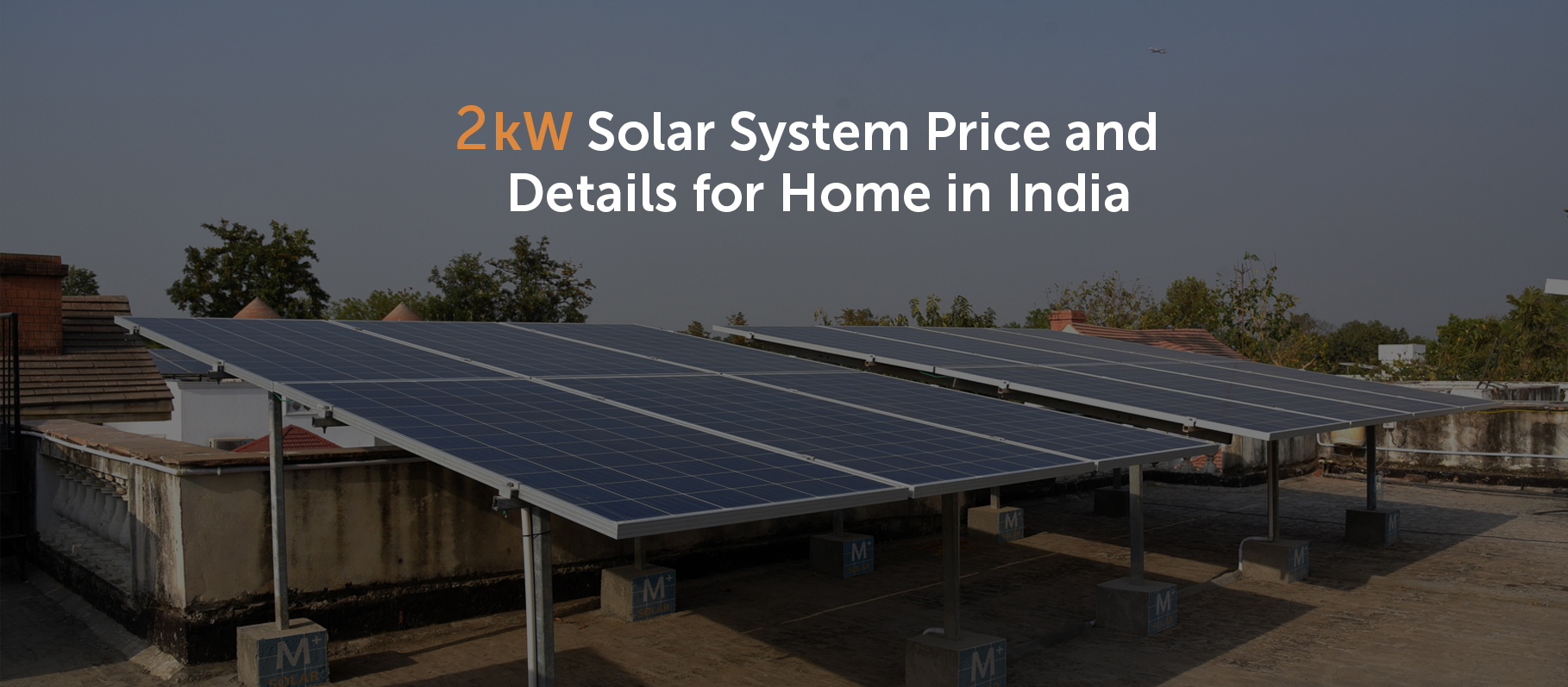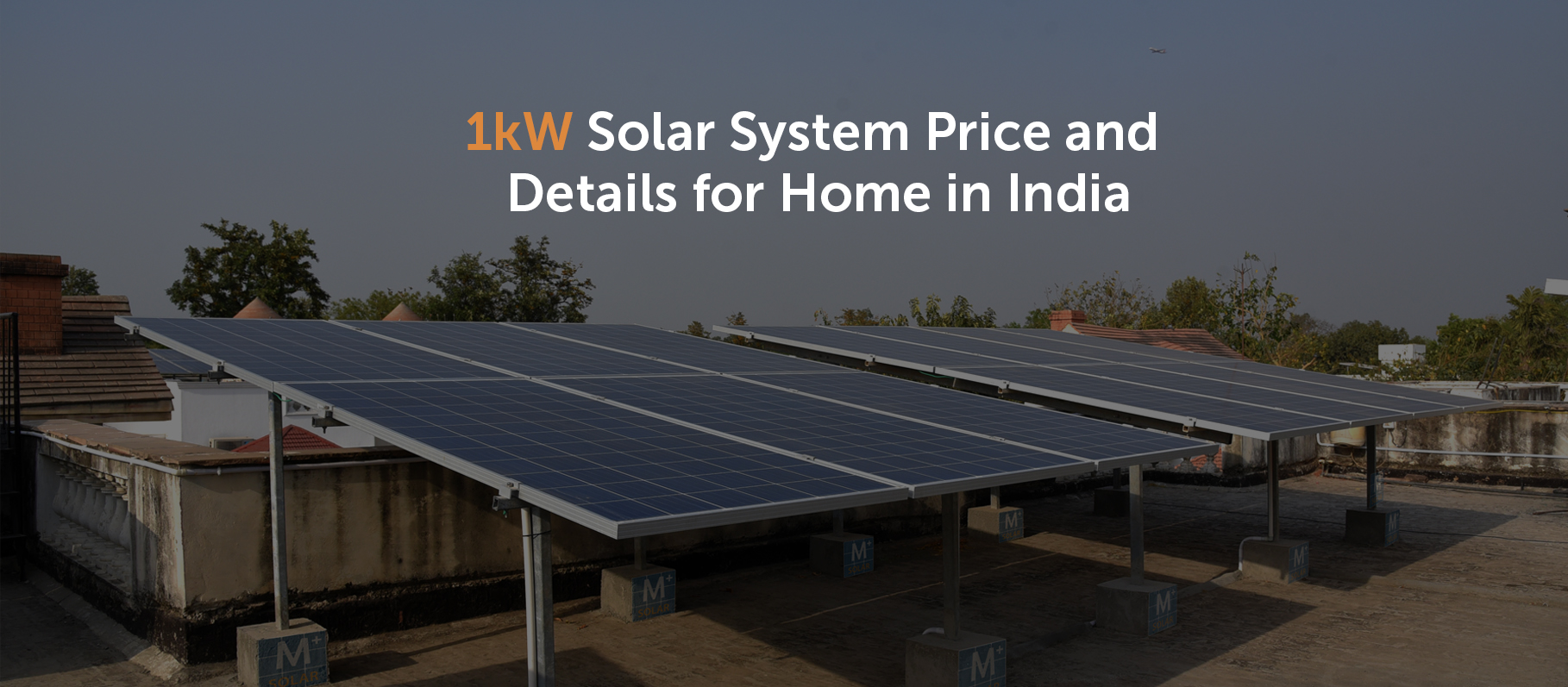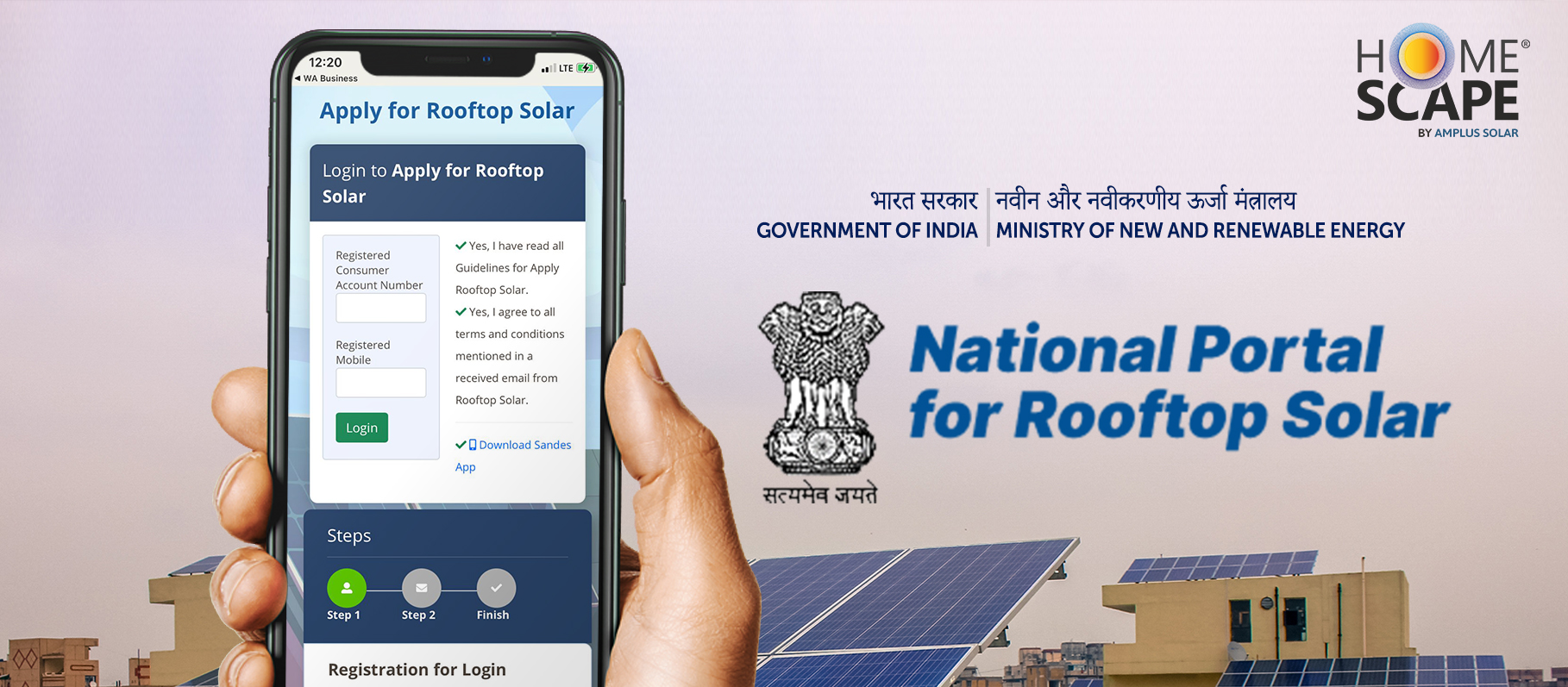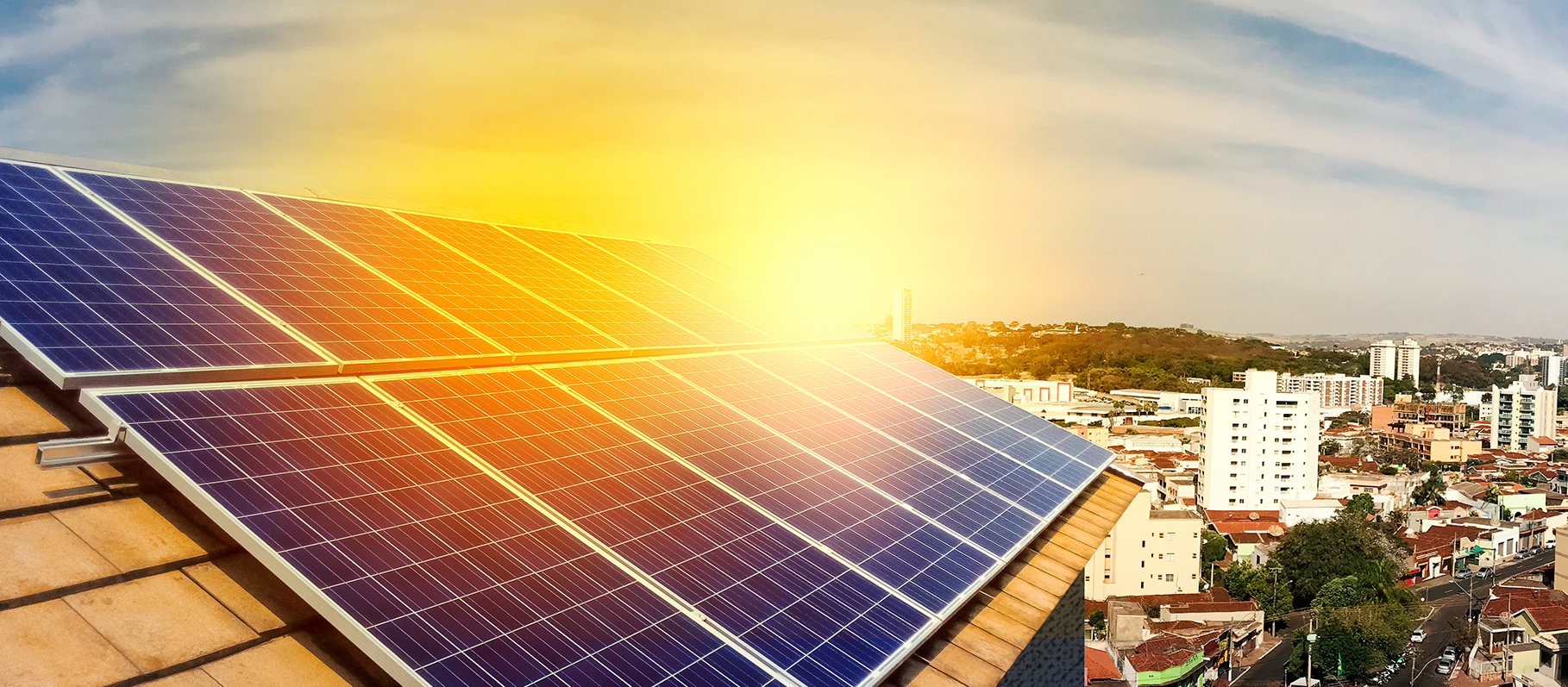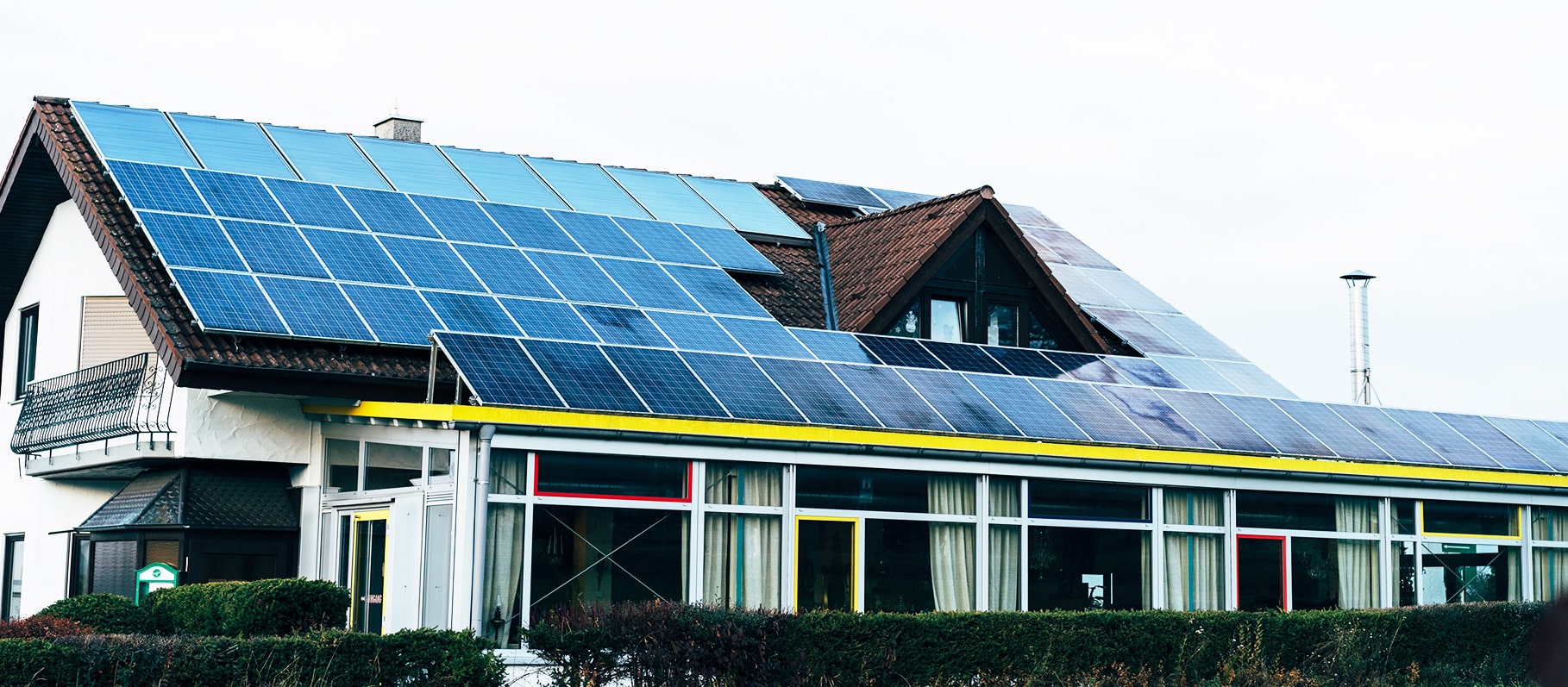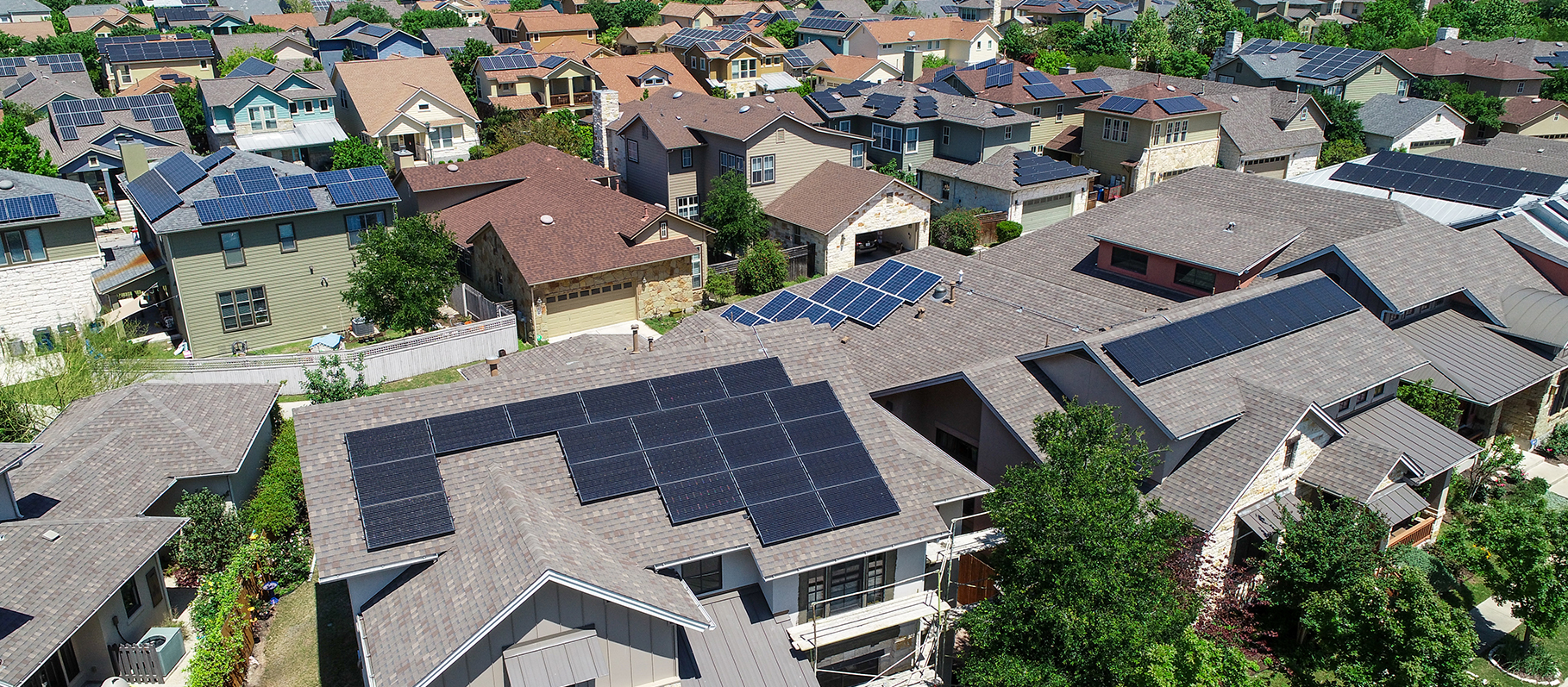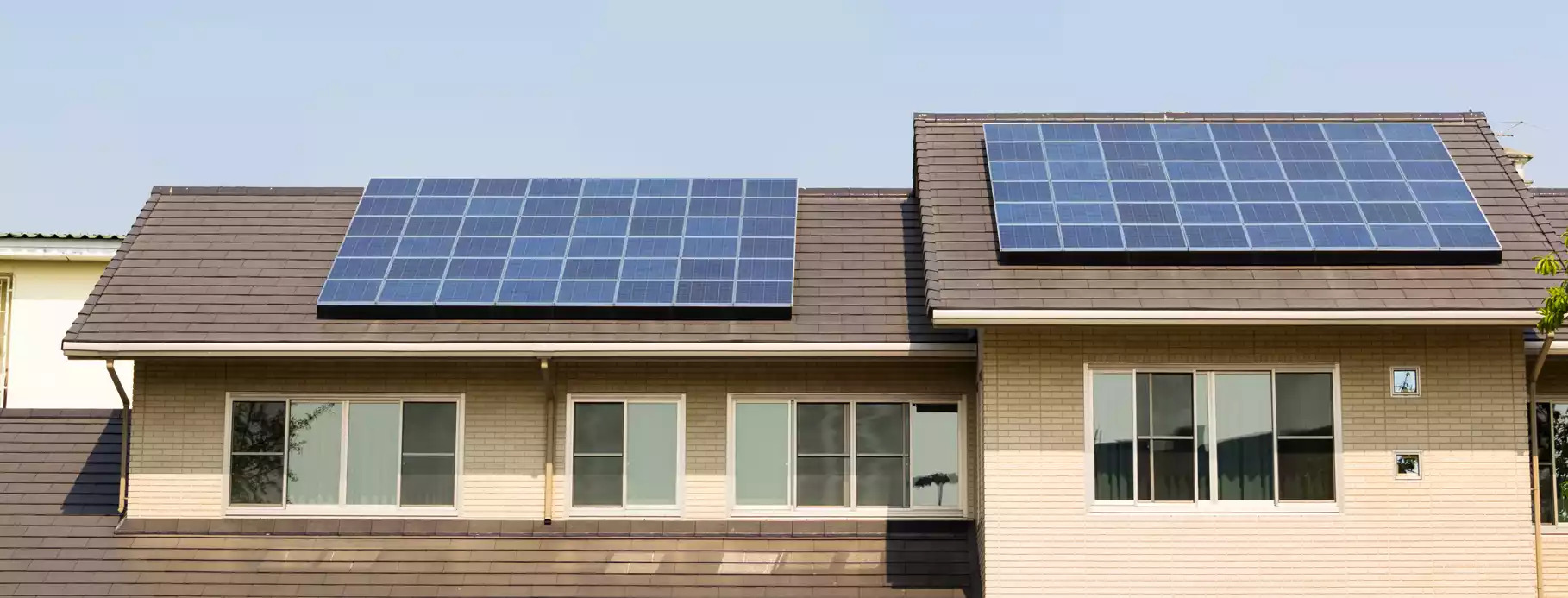Categories
10 January 2024
5KW Solar System for Home in India, Price, Subsidy 2024
A 5kW solar power system is sufficient in supporting the electricity needs of a 2BHK, 3BHK and any other medium-sized [...]
10 January 2024
2kW Solar System Price, Subsidy, Benefits for Homes in India: 2024
Solar photovoltaic technology is making electricity green and reliable for homes. A small 2 kW solar system can be your [...]
10 January 2024
1kW Solar System Price with Subsidy for Home in India(2024)
Are you planning to upgrade your home to a solar-powered home? Do you think you have a small home and [...]
10 January 2024
Know All about National Portal for Rooftop Solar
The Prime Minister launched the National Portal for Rooftop Solar to make the subsidy application and payment process easier for [...]
29 November 2022
How Many Solar Panels Are Needed to Power a House?
As every home has a different energy requirement, it is important to know how much kilowatt is required to address [...]
21 October 2022
Top 7 Benefits of Solar Energy
Every home needs a dependable energy supply to keep up with the need of their house. Opting for green energy [...]
17 October 2022
10kW Solar System Price And Details For Home In India
A 10kW solar system can generate approximately 10 kilowatts of power- suitable for houses in urban setups. If you are [...]
21 July 2022
Solar Power Plant: Types, Working, Benefits, Technology & More
India receives ample sunlight throughout the year. It is time to leverage it by installing a solar power plant and [...]
21 June 2022
Benefits of Solar System for your Home
Electricity has become an indespensable part of our lives. We can’t imagine our life without it. A reliable electricity supply [...]
15 June 2022
All About Off-Grid Solar System Price, Benefits, Working and more
Households depend on many home appliances for a comfortable lifestyle. However, each one of these appliances puts a significant burden [...]

